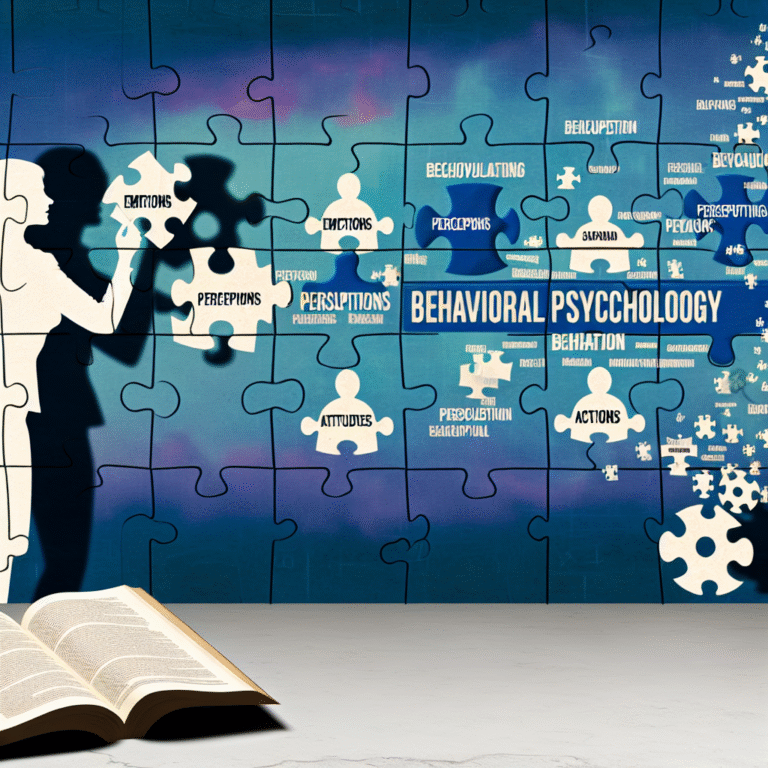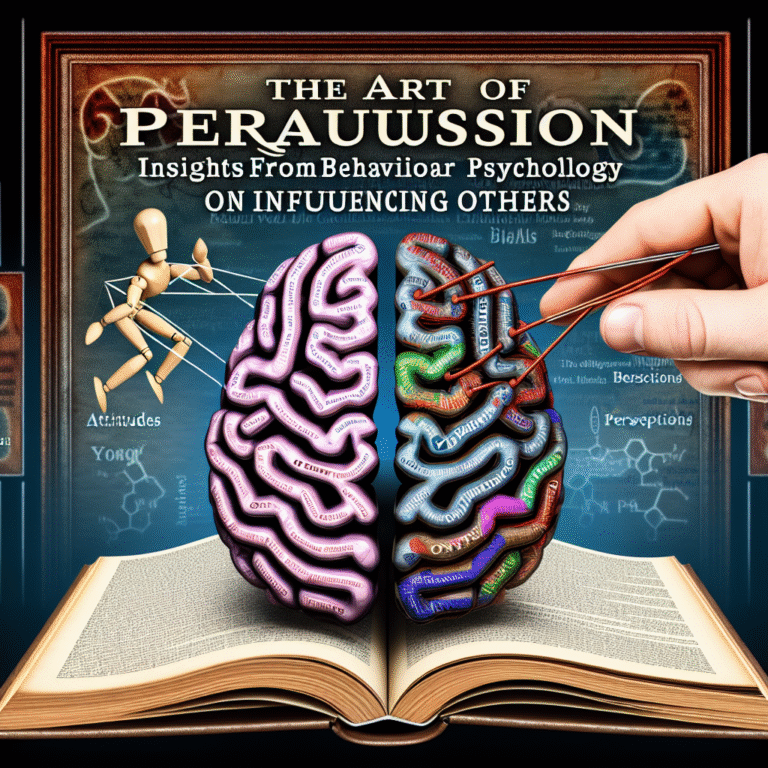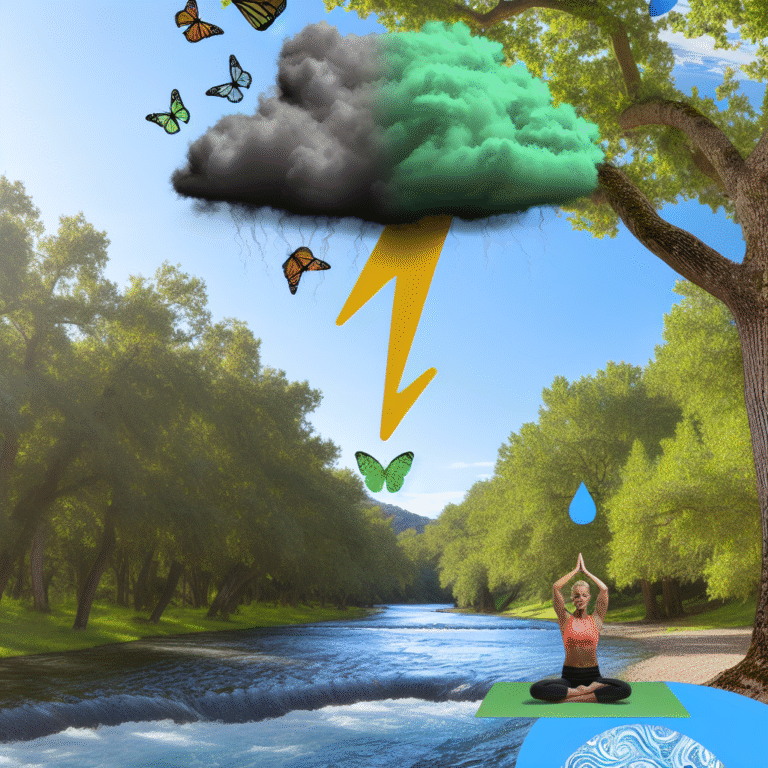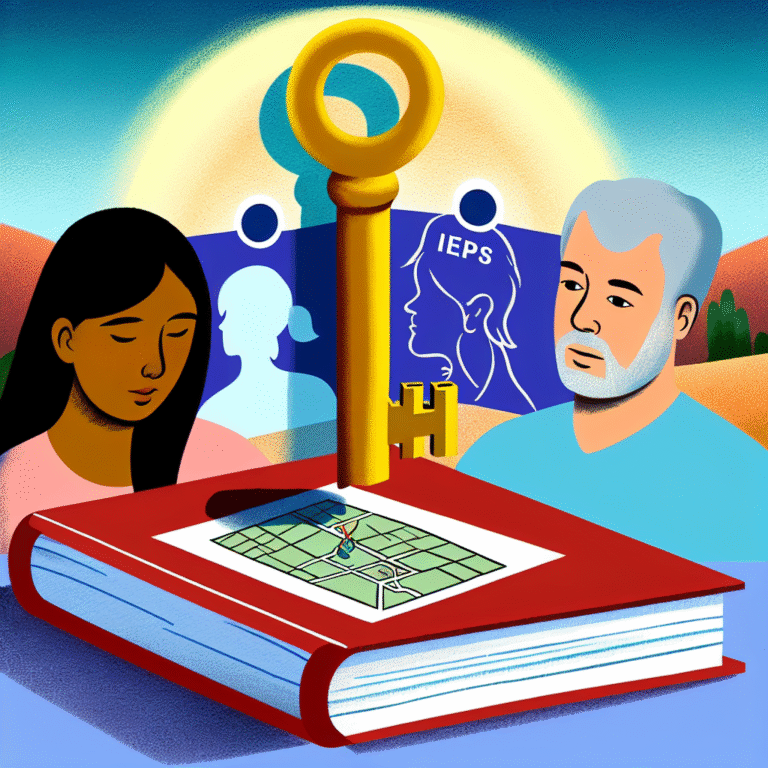Broken Spirits: The Psychological Toll of Bullying on Today’s Youth
Introduction
The chilling echo of harsh words reverberates through hallways and classrooms, leaving behind invisible scars on the hearts of countless young individuals. Bullying, a pervasive issue in today’s society, is not only a problem for the victims but a matter that affects families, schools, and communities as a whole. This article explores "Broken Spirits: The Psychological Toll of Bullying on Today’s Youth," illuminating the profound emotional, psychological, and social ramifications of bullying while offering insights into prevention and recovery.
As we delve into this crucial topic, we’ll unpack the layers of emotional distress that bullying inflicts, backed by robust case studies, relevant statistics, and expert insights. This exploration demonstrates that understanding the consequences is the first step toward fostering resilience and healing, not just for the youth affected, but for everyone connected to them.
The Invisible Weight of Bullying
Understanding Bullying
Bullying can take many forms: physical, verbal, social, or cyber. Each type leaves its mark on its victims, creating a tapestry of trauma that is often unnoticed by friends, family, and educators. Yet the psychological toll of bullying is profound, leading to a host of mental health issues including anxiety, depression, and in severe cases, suicidal thoughts.
According to a study by the National Center for Educational Statistics, nearly 20% of students reported being bullied in a single school year. These young people often find themselves grappling with feelings of isolation, fear, and low self-worth—emotions that can linger long after the bullying has stopped.
Case Study: The Story of Emily
Consider the story of Emily, a bright, creative girl who loves science and dreams of becoming an astronaut. From the moment she entered middle school, she became the target of relentless teasing due to her unique interests and quiet demeanor. The verbal harassment reduced her to a shadow of herself—once outgoing and confident, she became withdrawn and anxious.
Emily’s case illustrates the profound impact of bullying on mental health. Over time, her dreams began to dim under the weight of broken spirits. She showed symptoms of chronic anxiety and depression, which were exacerbated by the bullying she endured. Ultimately, Emily’s experience emphasizes the essential understanding that bullying can transform not only a child’s attitude but also their future aspirations and quality of life.
The Psychological Toll of Bullying
Emotional and Psychological Effects
The psychological toll of bullying on youth can manifest in various forms. Victims often experience:
- Depression: Many children report feeling sad, hopeless, and disinterested in daily activities.
- Anxiety Disorders: Bullying can heighten feelings of fear and nervousness, leading to social anxiety and panic attacks.
- Low Self-Esteem: Repeated bullying can cause children to internalize negative beliefs about themselves, leading to a perpetual cycle of low self-worth.
- Post-Traumatic Stress Disorder (PTSD): In severe circumstances, victims can develop PTSD, characterized by flashbacks, severe anxiety, and uncontrollable thoughts about the incident.
Table 1: Psychological Effects of Bullying on Youth
| Psychological Issue | Description | Common Symptoms |
|---|---|---|
| Depression | Chronic sadness; loss of interest | Fatigue, hopelessness, withdrawal |
| Anxiety | Excessive worry about future or social situations | Panic attacks, irritability |
| Low Self-Esteem | Negative self-image; feelings of worthlessness | Social withdrawal, self-criticism |
| PTSD | Severe reaction to trauma | Flashbacks, emotional numbness |
Coping Mechanisms and Resilience
While the psychological toll of bullying is daunting, many children develop resilience and coping mechanisms. Some strategies include:
- Seeking Support: Open communication with parents, teachers, or counselors can provide much-needed relief and validation.
- Building Connections: Engaging in extracurricular activities can help victims forge new friendships and boost their self-esteem.
- Mindfulness and Therapy: Professional counseling and mindfulness techniques can empower victims to confront their anxiety and trauma head-on.
Case Study: The Resilience of Jordan
Jordan’s experience with bullying provides another lens through which to understand the psychological toll of bullying. Unlike Emily, who retreated into silence, Jordan found solace in sports. After facing relentless bullying due to his stutter, he joined a local soccer team, where he encountered a supportive environment.
Through teamwork and camaraderie, Jordan built resilience and began to rebuild his self-esteem. This case exemplifies how engagement in supportive communities can significantly mitigate the adverse effects of bullying, allowing youth to heal and thrive despite their experiences.
The Impact on Academic Performance
Academic Struggles
The psychological burden of being bullied can spill over into academic performance, resulting in:
- Decreased Concentration: Victims often find it difficult to focus on their studies, as their thoughts are clouded by fear and anxiety.
- Lower Grades: Due to a compromised ability to concentrate, many victims of bullying experience a decline in their academic performance.
- Increased Absenteeism: Many children may skip school to avoid encountering their bullies, leading to missed opportunities for learning.
Chart 1: Academic Performance Trends Among Bullied Students
Note: Chart shows correlation between bullying experiences and academic performance declines.
Case Study: The Academic Impact on Sarah
Sarah, a talented artist, faced severe bullying that led to significant academic decline. Her grades dropped from A’s to C’s, and her once vibrant creativity became overshadowed by despair. Sarah’s story illustrates how bullying not only affects psychological health but also derails academic pursuits.
Long-Term Consequences
The effects of bullying are not confined to childhood. Research indicates that the psychological toll of bullying can continue into adulthood, resulting in:
- Mental Health Disorders: Survivors are more likely to face mental health issues later in life.
- Relationship Difficulties: The experience of being bullied can lead to trust issues and difficulties in forming healthy relationships.
- Professional Challenges: Adults who were bullied as children may struggle with workplace dynamics and confidence in their professional roles.
Case Study: The Adult Life of Tom
Tom, once a victim of bullying in high school, found himself grappling with anxiety and depression well into his thirties. He struggled with workplace relationships, often feeling inadequate and fearful of criticism. Tom’s narrative is a critical reminder of how the psychological toll of bullying can create lingering effects that ripple through a person’s entire life.
Prevention Strategies: Breaking the Cycle
School Policies and Education
To combat the psychological toll of bullying, schools can take a proactive approach by:
- Implementing Anti-Bullying Policies: Establishing clear policies that define bullying behavior and outline consequences can deter potential bullies.
- Educating Students and Staff: Incorporating anti-bullying education into the curriculum can foster empathy and awareness among students and adults alike.
- Encouraging Open Communication: Creating a culture where students feel safe to report bullying can significantly reduce stigma and empower victims.
Parental Involvement
Parents play a pivotal role in mitigating the psychological toll of bullying. Strategies include:
- Engaging in Open Dialogue: Regularly discussing school experiences with children can help parents identify signs of bullying early on.
- Fostering Resilience: Encouraging healthy coping mechanisms and resilience can empower children to face adversity.
- Modeling Empathy: Demonstrating compassion and understanding towards others can instill values of kindness and respect in children.
Community Support Programs
Community-driven initiatives can also make a tangible difference. Programs that pair mentors with at-risk youth can provide guidance and support, helping to break the cycle of bullying and its effects.
Conclusion
The psychological toll of bullying on today’s youth is a complex issue that warrants attention from parents, educators, and communities. Understanding the nuances of this topic is essential for fostering a safer and more supportive environment.
As we reflect on the stories of Emily, Jordan, Sarah, and Tom, we are called to action. It is essential that we cultivate resilience in our children, encourage open dialogues about bullying, and promote empathy in our communities. By doing so, we can begin to heal the broken spirits that bullying leaves in its wake.
FAQs
1. What are the signs that my child is being bullied?
Common signs include withdrawal from friends, changes in mood, unexplained physical symptoms, or a sudden drop in academic performance.
2. How can I effectively support a child who is being bullied?
Start by listening to their experiences without judgment. Encourage them to talk about their feelings, and consider involving professionals if necessary.
3. What should I do if I discover my child is bullying others?
Address the behavior directly and calmly. Discuss the consequences of bullying, and help them explore their motivations while encouraging empathy.
4. Are there long-term effects of being bullied?
Yes, survivors may experience mental health issues, relationship difficulties, and challenges in both personal and professional areas of life.
5. How can schools address bullying more effectively?
Schools can implement strong anti-bullying policies, educate students about the impacts of bullying, and encourage open communication between students and faculty.
By prioritizing understanding and collective action, we can support today’s youth in overcoming the psychological toll of bullying. Each step taken towards compassion and empathy can help mend the broken spirits of those affected, creating a brighter future for all.















